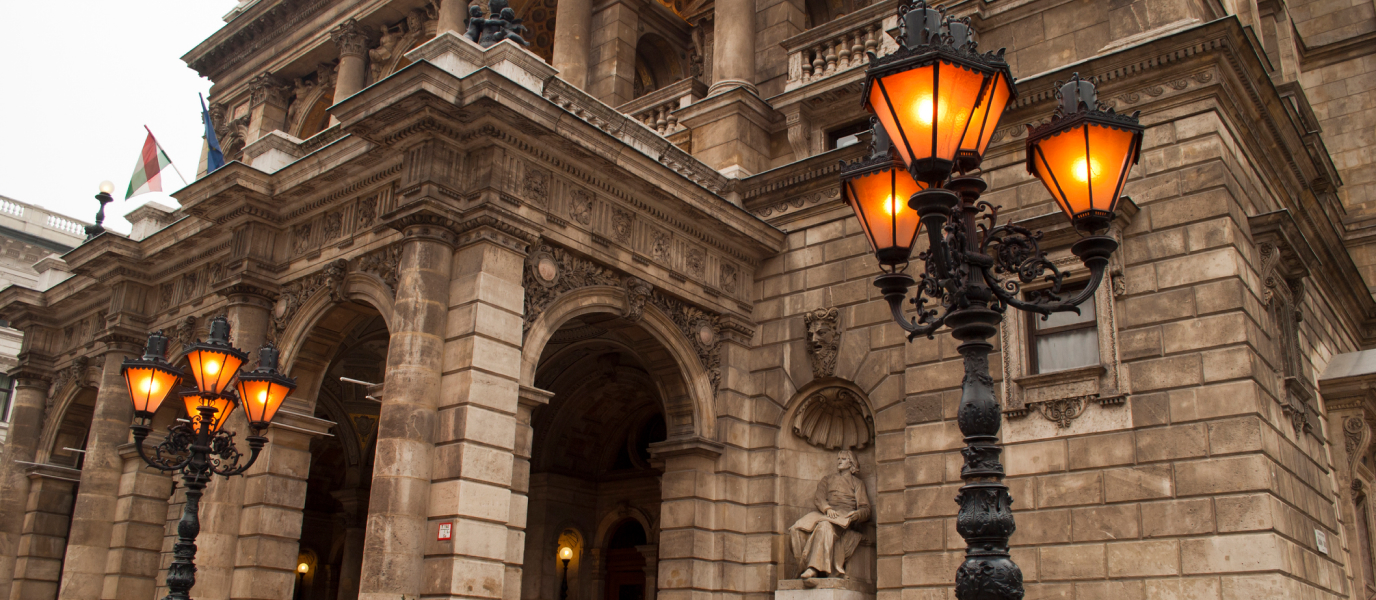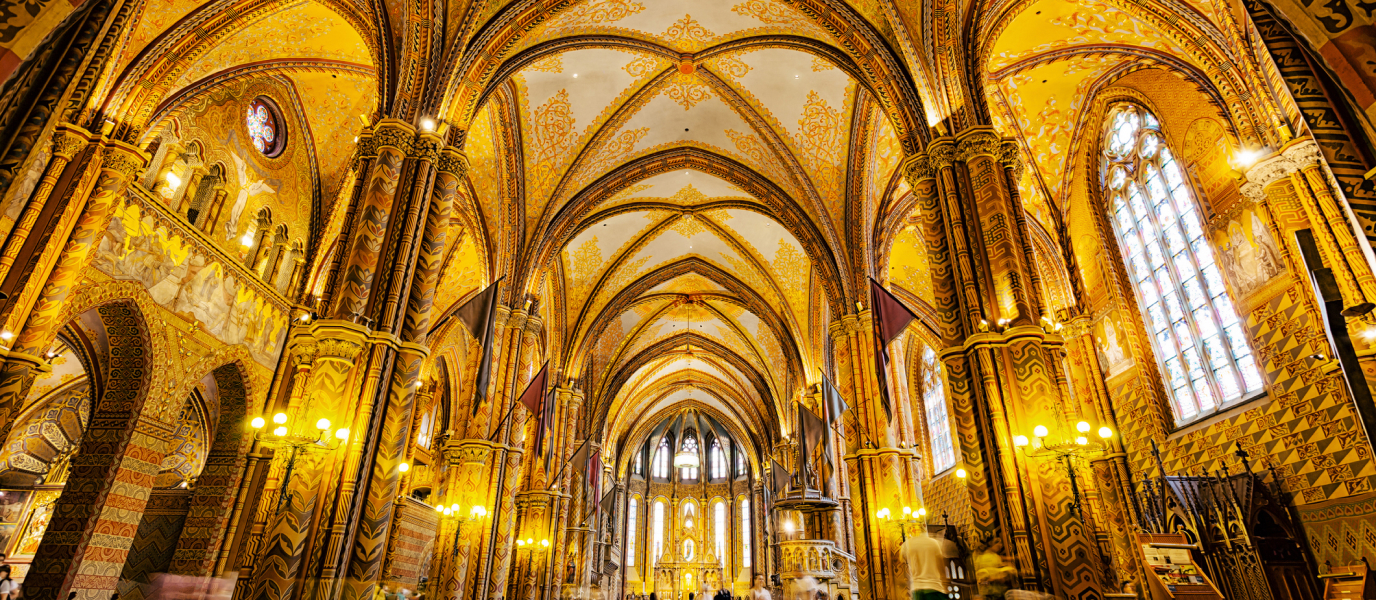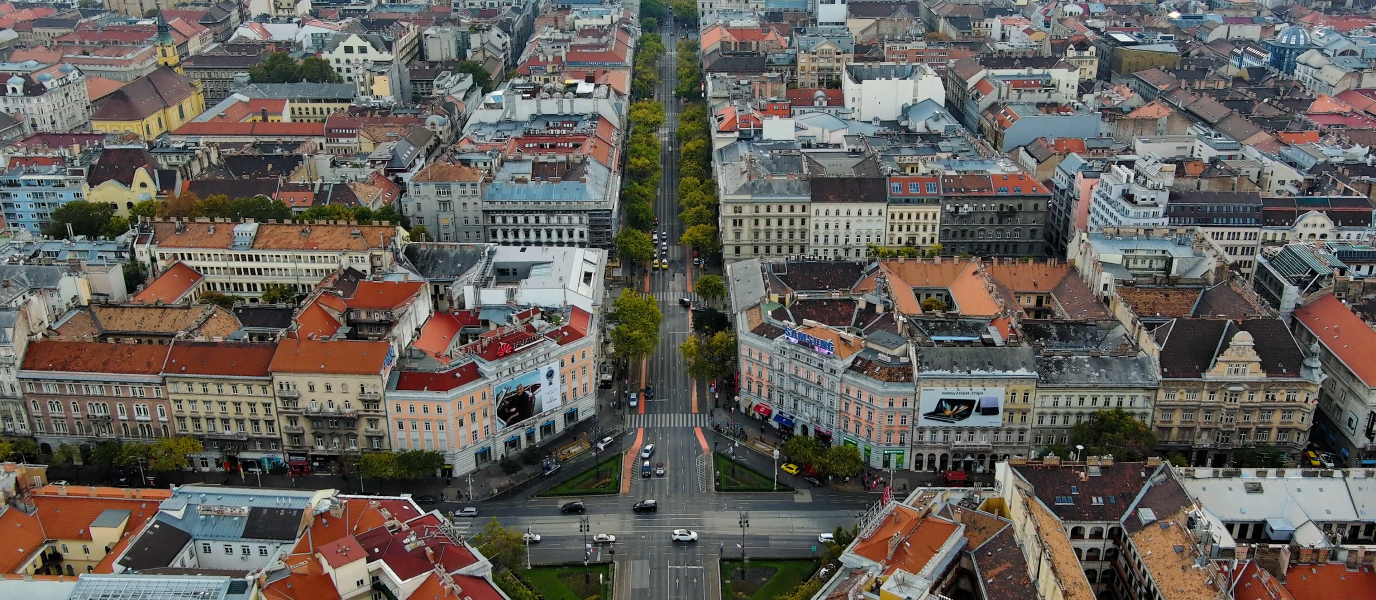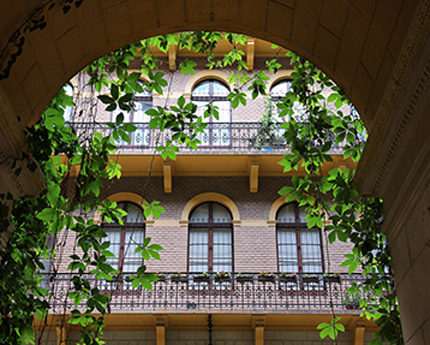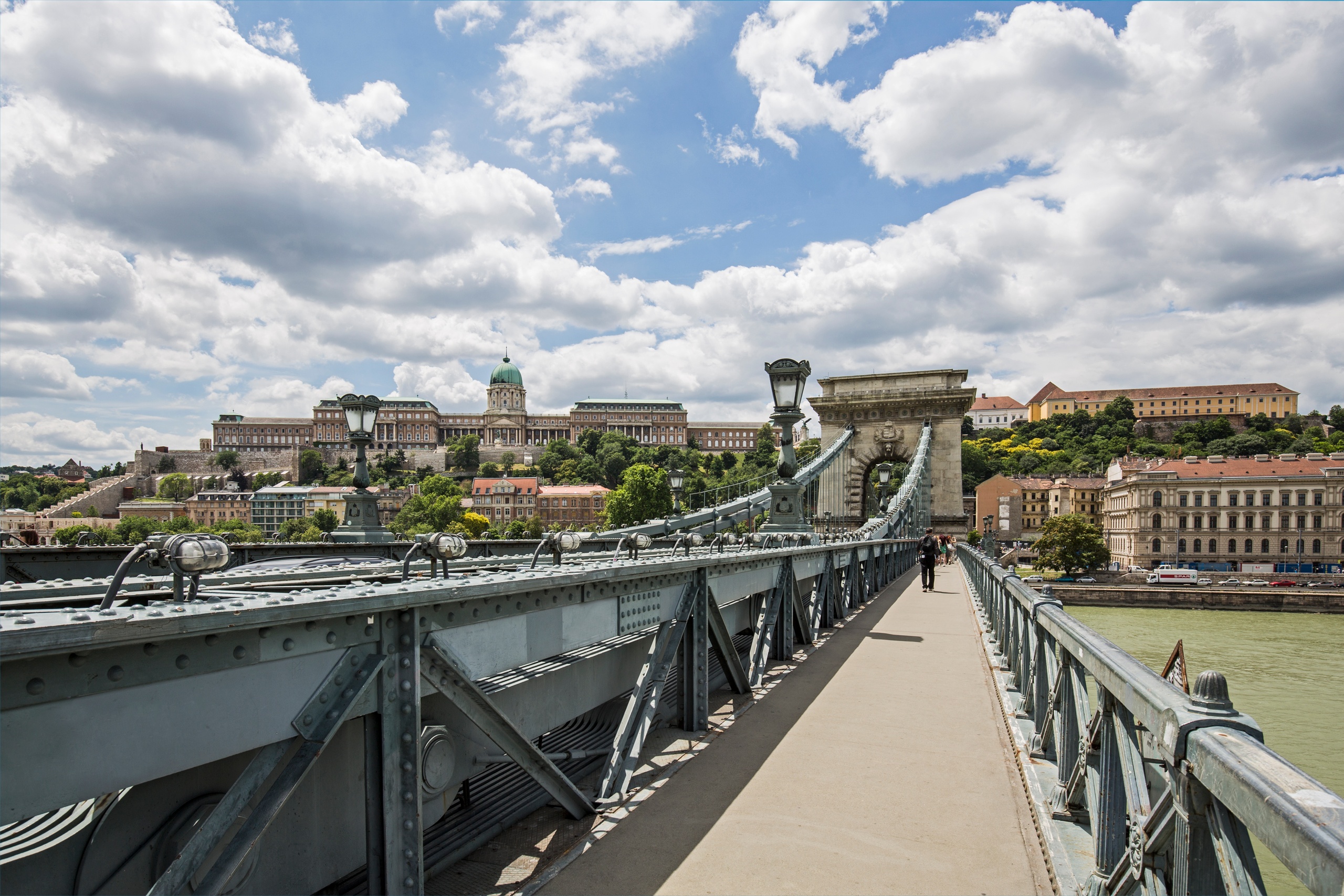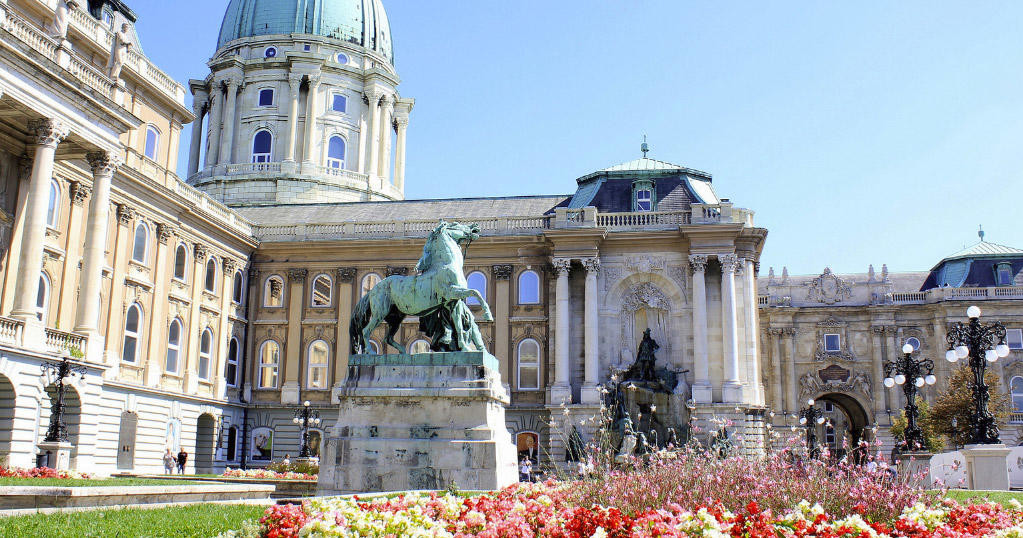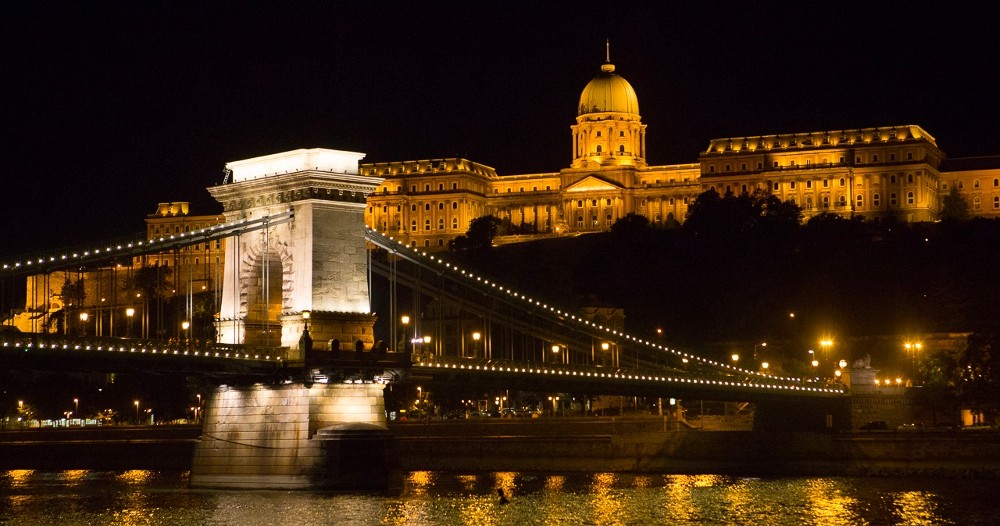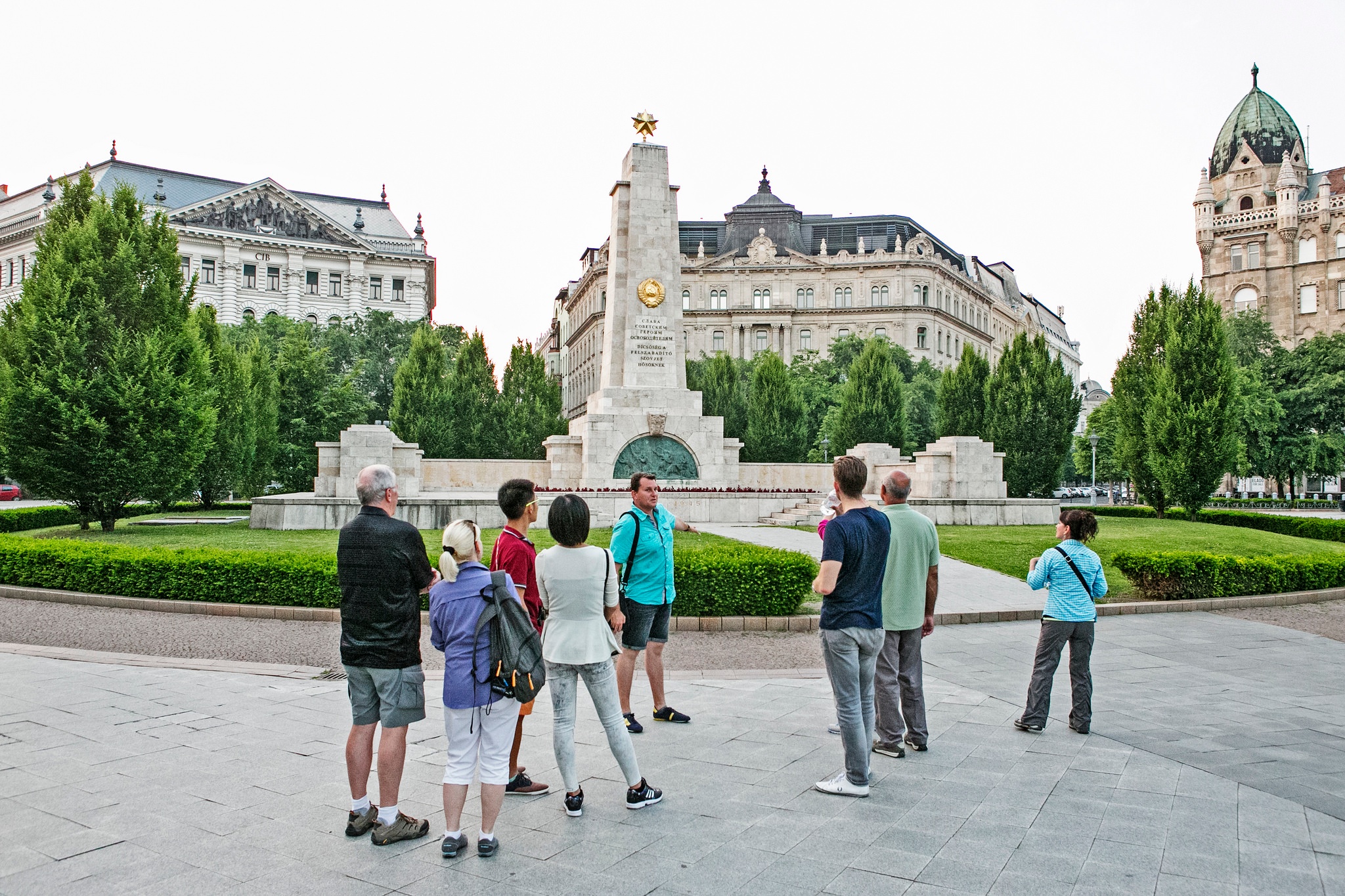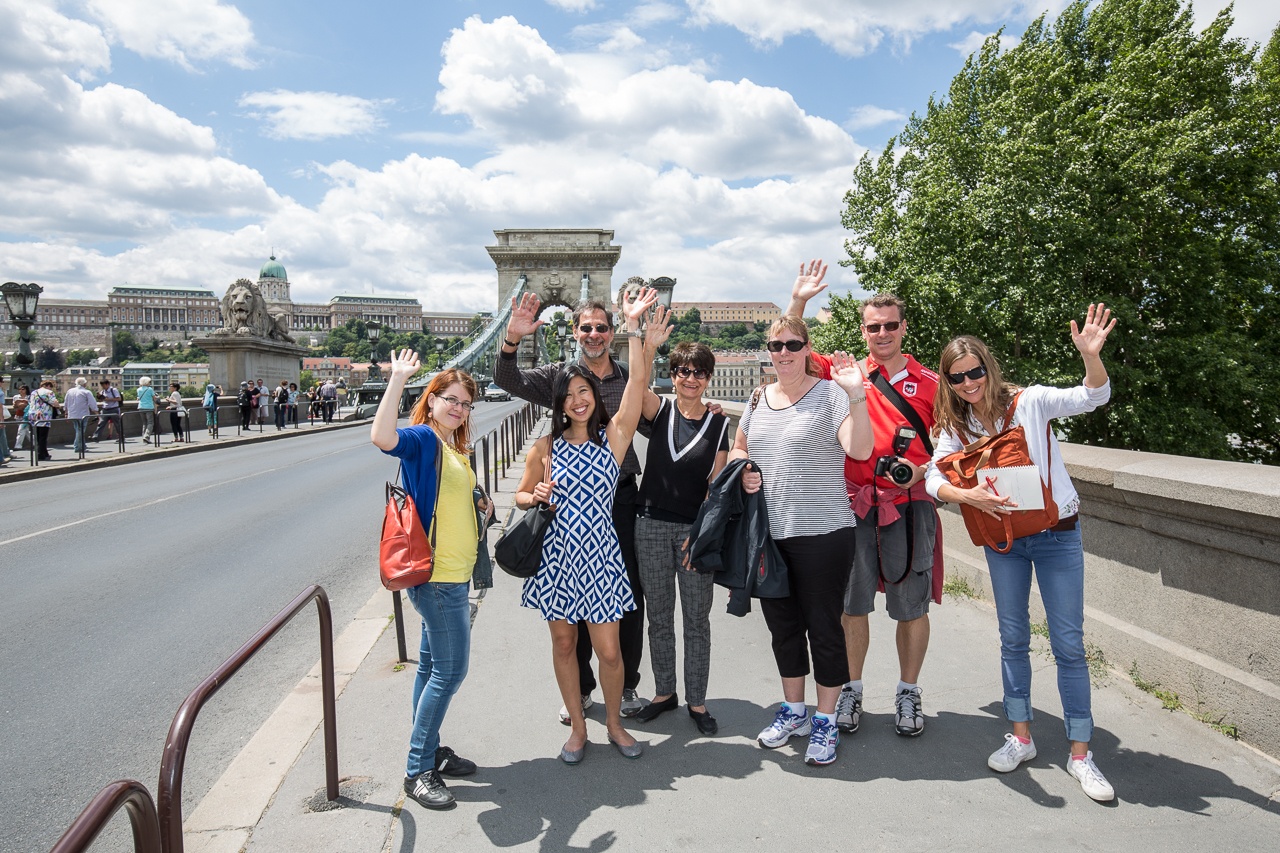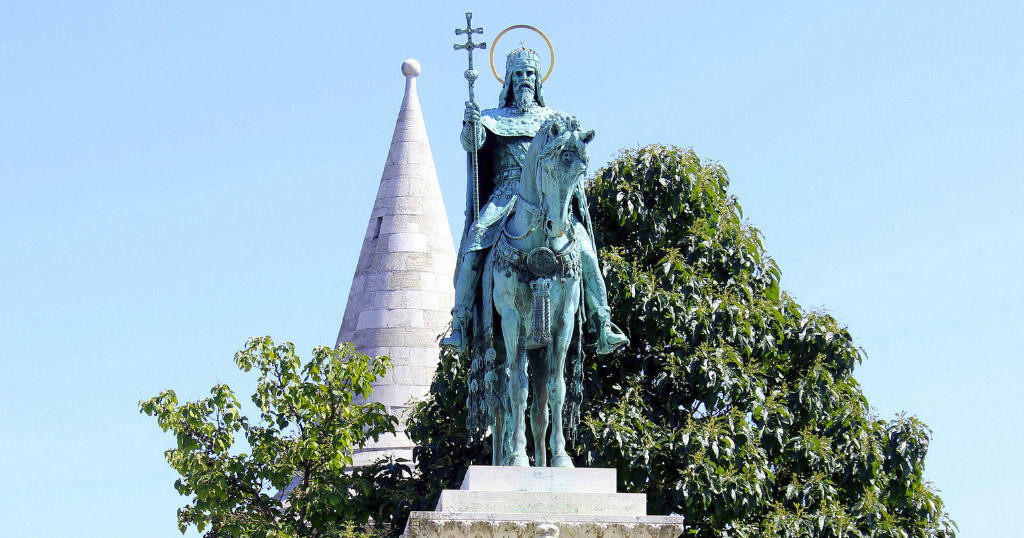Budapest Opera, or the National Opera of Hungary, is one of Budapest’s most famous buildings. Admiring its architecture, and the possibility of attending a live opera are two ideas that you should keep in mind if you visit Budapest.
Music is a key element in the culture of Hungary and central Europe, whose cities boast opera houses such as the one in the Hungarian capital. The inhabitants take musical education very seriously, and music plays an important part in their culture and in their life in general. Hence cities such as Budapest have opera houses like this one.
If you are intending to visit Budapest, include the opera among your plans! Read the article below, and see what this magnificent theatre has to offer.
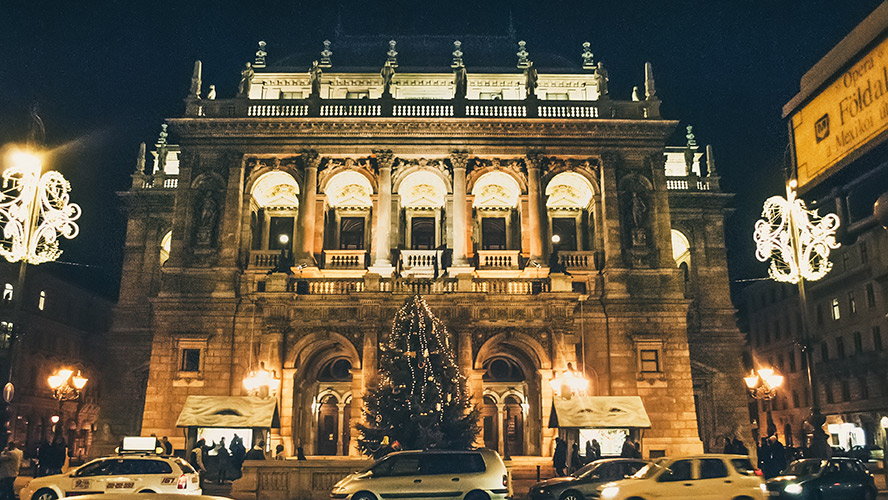
History of the Budapest Opera House: Hungary’s neo-Renaissance
The nineteenth century was a prolific period in the countries of central Europe. Along with business and infrastructure, culture also took a leap forward with the building of great opera houses that have survived to the present day. Examples are the Vienna Opera House, Paris’s Palais Garnier, and the Budapest Opera. The Budapest Opera House was built between 1875 and 1884, with the Vienna Opera House in mind, but under orders from the King not to outdo it in size.
The Opera’s architect was Miklós Ybl, who also designed St. Stephen’s Basilica, among many other edifices. On 27 September 1884, the National Opera House opened with an initial capacity of 2,400 spectators, and in the presence of Emperor Franz Joseph I of Austria.
The arrival of Gustav Mahler, as director of the opera between 1888 and 1891, changed the direction of the theatre, which had until then suffered from financial difficulties and low quality performances. Under Mahler, the Budapest Opera House reached its first Golden Age.
Performances stopped for the two World Wars, but fortunately the building itself escaped serious damage, and so they were quickly able to resume. Since then, the opera house has undergone several refurbishments to both modernise the space and reduce its capacity to 1,289 spectators.
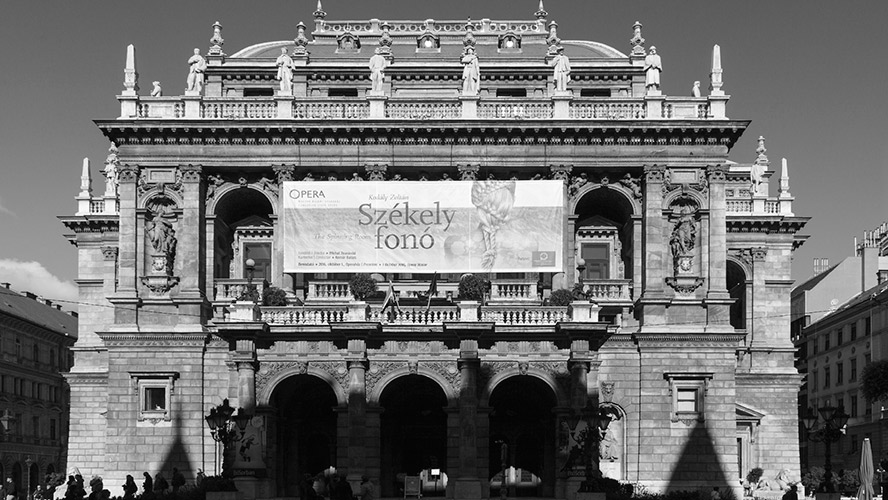
Architecture and a tour of the interior
The Budapest Opera House is built in a neo-Renaissance style with Baroque elements, in which paintings and sculpture play an important role. It is inspired by the Paris and Vienna opera houses, both built to glorify music.
The main façade features double-height archways on the ground and first floors, the upper cornice is a balustrade with 16 statues, and two sphynxes reside at corners of the building. Close to the main entrance are two other statues — of the Hungarian composers Franz Liszt and Ferenc Erkel.
The 16 statues on the cornice include grand masters such as Mozart, Beethoven, Rossini, Wagner and Verdi.
Inside, the vestibule and main staircase are among the most outstanding features. Marble is used to maximum effect along with mosaics, lamps and other decorative elements.
But without question, the main auditorium is the most elegant and most striking part of the building for visitors. It is constructed in a horseshoe shape with 4 tiers of boxes, and the eye is drawn upwards towards the cupola with its mural, a true masterpiece by Karoly Lotz, entitled “The glorification of music”. The mural depicts the twelve Olympian gods, with Apollo the most prominent, and they are surrounded by the massive 1884 candelabra weighing 2.1 tonnes.
According to a study carried out in the 1970s, the Budapest Opera has the third best acoustics of all Europe’s opera houses, after La Scala in Milan and Palais Garnier in Paris.
In addition to the vestibule, the main staircase and the auditorium, you will find other remarkable rooms that are well worth a visit.
A guided tour in English is available.
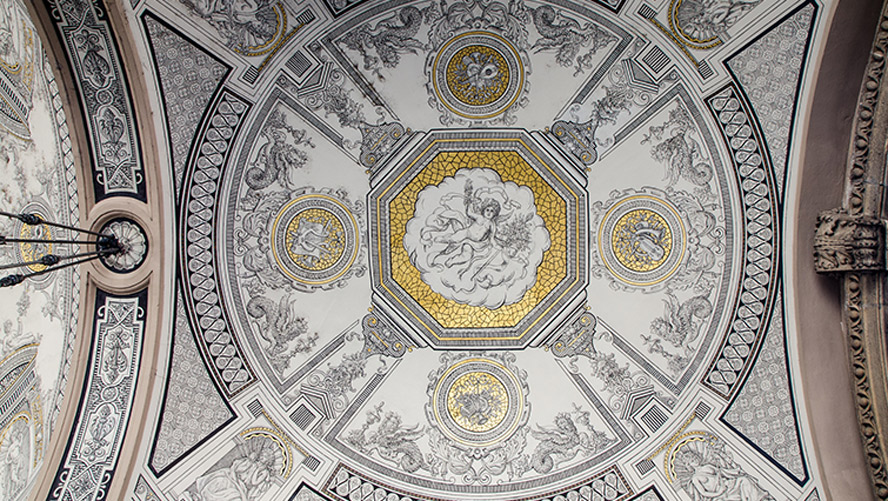
The Programme: What to see in the Opera de Budapest
In addition to joining a guided tour to see the Budapest Opera, you may wish to buy a ticket to see a performance. Prices are quite reasonable, even for the best seats, so this is a good opportunity to experience one of Europe’s most prestigious opera houses.
The Budapest Opera’s regular programme includes opera, ballet and concerts, as it is home to the Budapest Philharmonic Orchestra, founded in 1853 by Ferenc Erkel. Here you will find classics such as Swan Lake, the Nutcracker, Carmen, The Magic Flute, and Carmina Burana.
You can see the current programme and ticket prices on the Budapest Opera’s official website.
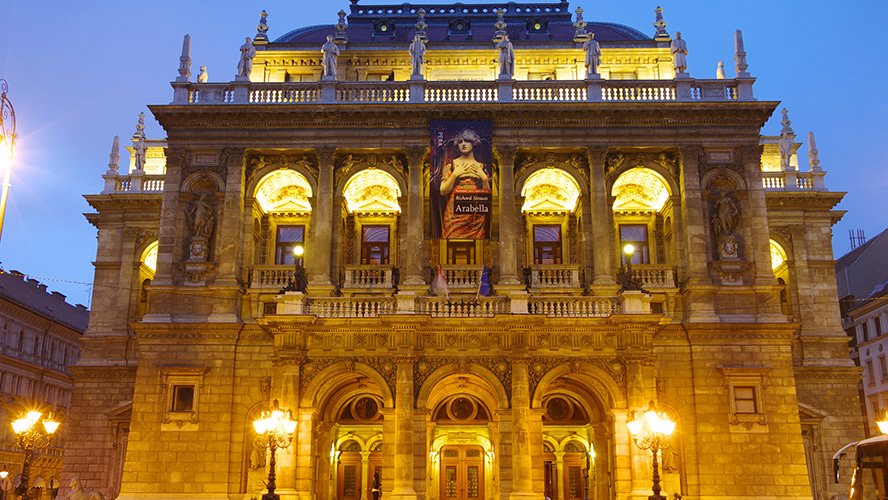
Where to eat in the area
The opera house is right in the centre of the city, in the well-to-do Terézváros district, and surrounded by galleries, cafés and prestigious restaurants. We can give you three recommendations in the vicinity of the opera house:
- Retró Langos Budapest: yes, somewhere specialising in langos [deep-fried bread with toppings], one of Hungary’s national dishes. Although it is not a restaurant as such, you can try langos here.
- Két Szerecsen: this original restaurant has become the flagship establishment for duck, one of the star ingredients of Hungarian cuisine.
- VakVarjú: a smart, modern restaurant where you can try the classics of Hungarian cuisine. If you’re lucky, there will be a pianist playing live.
Where to stay in Budapest
Barely a five-minute walk from the Budapest Opera House the Barceló Budapest hotel is one of the best hotels of its type to be found in the city centre.
Located in the heart of Terézváros, in Pest, this four-star hotel offers a comprehensive range of modern facilities for the ideal stay in Hungary’s capital city. A restaurant, a Skybar-type terrace bar, and a 24-hour gymnasium are just a few of the hotel’s attractions, making it an attractive option for a few days’ stay in Budapest.




































































